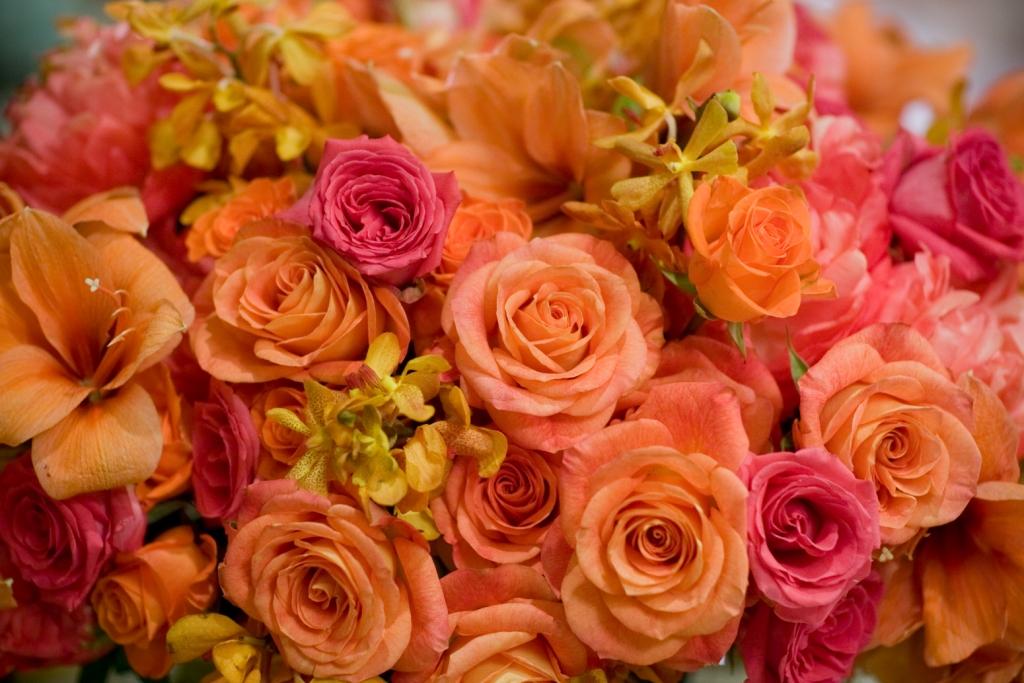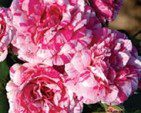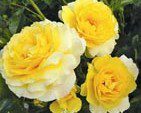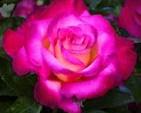The ROSE is the most beloved flower on the planet, for its rounded shape, velvety petals and subtle fragrance. Not to mention the endless array of colors that, thanks to global hybridization, keeps more shades blooming on the colorwheel. In fact, today there are over 30,000 varieties of roses grown around the world! That ever-changing rainbow of color is an event designer’s dream floral tool that never disappoints. These gorgeous flowers are available 365 days a year! That same hybridization also offers interesting side effects, most particularly in fragance alteration. Roses either don’t have a scent at all or smell fruity, citrusy, musky, earthy or spicy. But other than their color and fragrance, is that all there is to know about the world’s favorite flower?
Roses are Gown Around the World
Native to the Northern Hemisphere, the majority of the 100 known rose species are native to Asia, with others being native to North America, Europe and northwest Africa. South America, with its long sunny days and short balmy nights, offers the most ideal climate for commercially-grown roses. Here in Northern America, the State of California works hard to maintain its production of some of them most stunning roses available on the floral market. But like many other global industries, the high cost of energy, fuel and labor pushes those growers to the limits of viability. But of the 100 species only ten originated the cross-breeding that has given us today’s selection of 30,000 varieties of garden roses. (and counting). Some new varieties available are shown below (from left to right): Green Romantica, Julio Inglesias, Walking on Sunshine and Dick Clark.
Historical Highlights of the Rose
Fossil evidence dates the rose back 35 million years but modern history really depicts the first known cultivation of roses to 5,000 years ago. There are tales from many countries that describe roses used in religious rituals, perfumery, cosmetics, medicines and liquors. In fact, a floral wreath made with roses was discovered in the Egyptian tomb of Hawara. That incredible discovery represents the oldest preserved record of a rose species that is still living today. But it took the excesses of the Romans to elevate the rose to a luxurious element coveted by all across their world empire. At the height of their excess, slaves of the Roman Empire were reduced to growing roses instead of food crops in order to satisfy the voracious demands of their rulers. Roman emperors filled their marble baths and fountains with rose-water, sat on blankets of rose petals for their feasts, tossed petals like confetti at celebrations and drank gallons of rose-infused liqueurs for “medicinal purposes.” Needless to say, the rose family tree is complicated, if not a little notorious. The Persians claim the title for first using the rose in perfume manufacture but it took the Crusades to bring it back to Europe. Later two different colored roses symbolized two powerful armies in the War of the Roses. (no, not the movie with Michael Douglas). When the Wars of the Roses ended in 1485, Henry VII designed a badge of a small white rose sitting upon a red one to symbolise the merging of two dynastic families. It remains the official badge of the royal house of England. In the early 1800’s Josephine Bonaparte designed one of the most incredible rose gardens at Chateau de Malmaison using roses brought back to her from every country conquered by her husband’s army. Previously named for its medicinal properties, it was Josephine’s appreciation for the rose’s beauty that inspired they be named after the nobility.
Roses Have Many Uses
Roses are big business in and out of the rose breeding industry. Rose varieties are protected as intellectual property and get patented, trademarked and registered with the American Rose Society. A precious commodity, roses are used all over the world for a variety of purposes, some of which you may or may not know about. Other than its timeless perfection as a part of our gardens, roses are widely used in food and beverage service. Select species of rose petals are edible and prove to be lovely garnishes on salads, casseroles or wedding cakes. Rose water, oil and petals blend into countless jellies, jams, vinegars, honeys, syrups, teas and sorbets. Even, much to our delight, dipped in dark chocolate and balanced on the top of a perfectly manicured slice of opera cake. But there are fascinating uses for roses that offer protection to other foods we love. For instance, in Provence, France, wineries use hedgerows of roses as an ever-green warning system for insects and disease. Of course, in our world of weddings, bar mitzvahs and galas, the use of roses in floral design is endless. And probably will continue to be for many more years to come. (We’re holding out for the ever-elusive blue rose).
3 comments
Comments are closed.






The rose is the most beautiful flower in the world its fragrance turn on my mood.
Yes, roses are a wonderful bloom and we never tire of working with them! Thank you so much for commenting!
While many new flowers have been introduced into the market in the past few years, roses still remain the number 1 flower. They’re beautiful, elegant and easy to work with. Perfect for weddings!